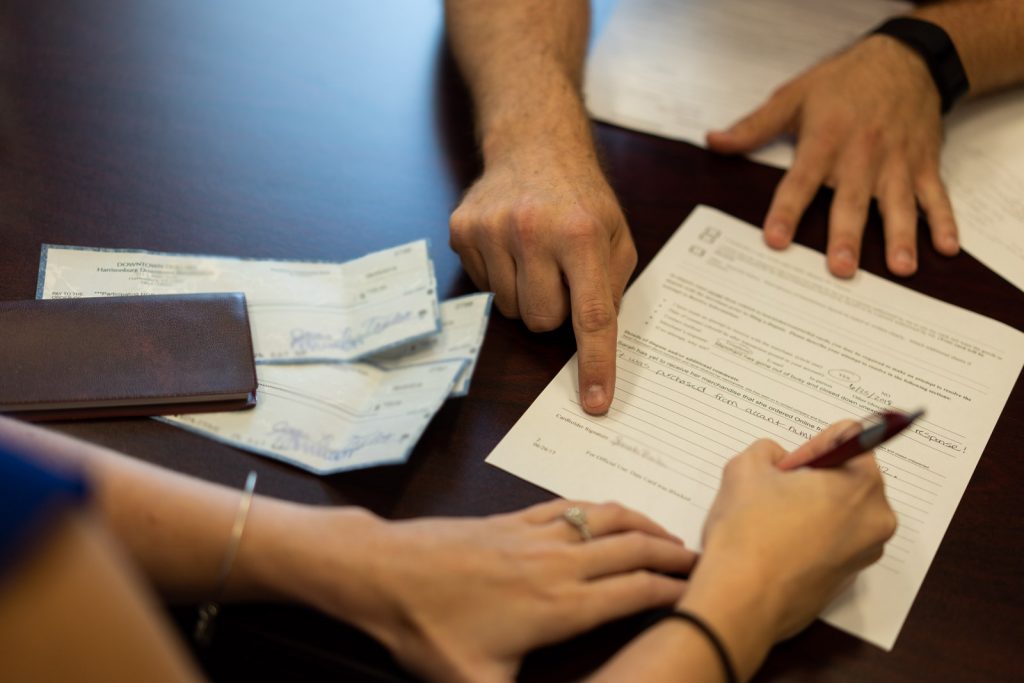Everybody knows what to expect at the check-out counters after they make purchases at a store, basically you pay and get a receipt for the amount of money you will be paying for the items that you purchased. It is almost a global tradition to be issued with receipts that are either printed on thermal receipt paper rolls or 2ply receipt paper.
Although the use of paper based products are heavily argued due to environmental concerns, the fact that there are many business operators who insist on recycled paper is little known to the masses. Regardless of whether it is bond paper that are printed on dot matrix printers or thermal paper, the fact that many businesses only use recycled paper for their receipts at cash registers or check-out points (POS), is a significant measure as around the world on a daily basis millions of receipts are issued every hour as proof of purchase to customers.
Businesses have the option to save a lot of money in the long run by paying attention to ‘cost based details’ as it is a critical aspect of any business. From the type of cash register that they use at checkout counters or POS units, to the printer and ink cartridges right up to the receipt paper, everything implies cost. The progressive cost can be quite substantial over a year if it is cumulatively added up annually.
Towards making choices on how to be cost effective at POS units, one sure fire way to ensure that ‘waste’ is minimised from a budget perspective, businesses should pay attention to the little things if they intend to sustain their business in the long run. For instance, having effective control over stationery use store-wide and using thermal receipt paper rolls instead of bond-paper rolls and giving out receipts only if requested could save the business a significant amount of money on overheads over the period of a year.
Although these saving would only amount to one or two thousand dollars, they are still savings and if a store was run by 10 employees and by being frugal with operational costs the management manages to save two thousand dollars over a year, this savings could be given out to employees as an ‘appreciation reward’ which would motivate employees to perform better.
Employees are your greatest assets, but if you start scraping on profits to reward employees, it could compromise the financial integrity of the business. On the other hand if employees are rewarded from a ‘cost savings budget’ it would not just benefit the business, but also keep employees happy.
Businesses often make the mistake of trivialising the little things which they do not realise become the biggest ‘cost factors’. For instance, the use of utilities, stationery, toiletries, beverages at the pantry, the kind of lights you use (75 % energy savings light bulbs save 75% energy and last longer), the printers you use, the paper receipts you use (thermal paper rolls are much cheaper than bond-paper) all add up in the long run.
As a tryout, calculate how much money you spend each year on operational costs and target a 5 % reduction plan from that. After that all you have to do is identify the areas that you would be able to cut down on spending and if you repeated this for 3 consecutive years, you would be safely able to say that your business has been optimised.

